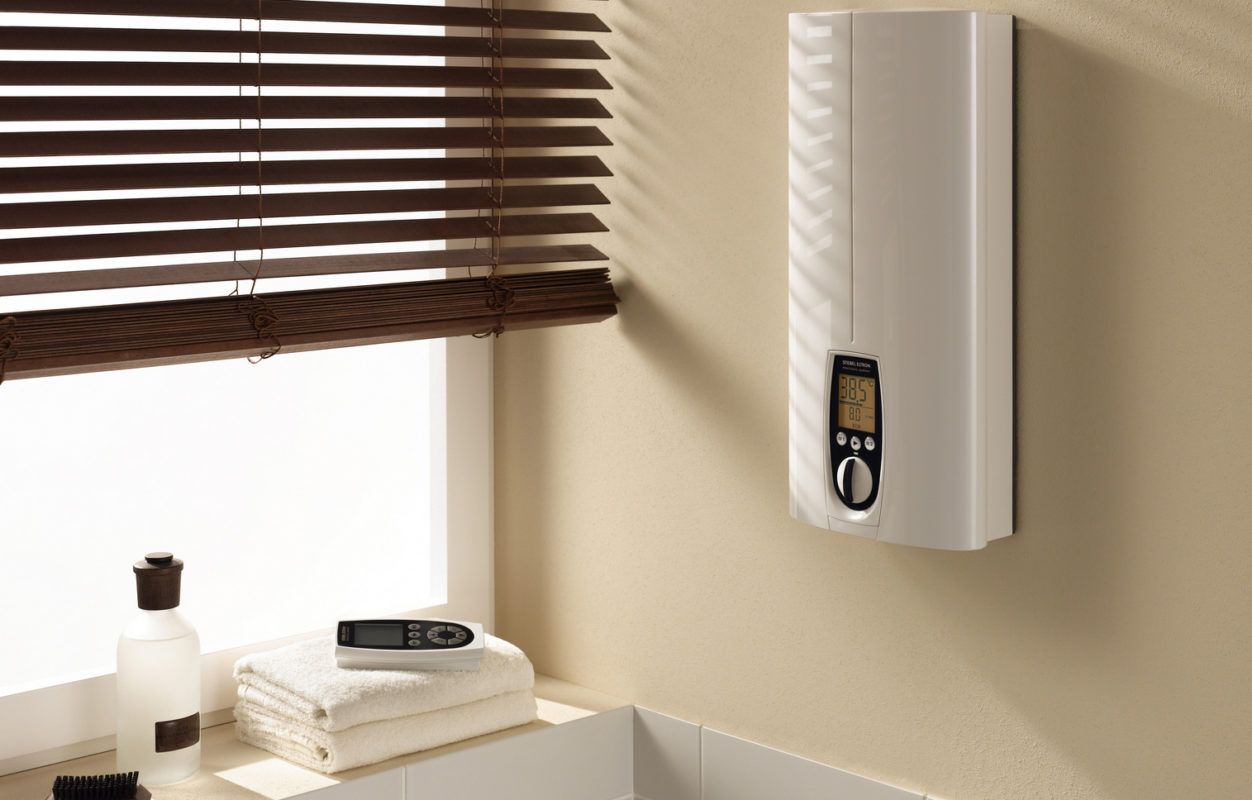Rating of the best diving and spearfishing wetsuits in 2024

Diving, underwater sports or hunting, a person experiences the effects of water on his body for a long time and is forced to protect his body from hypothermia. It is for this purpose - heat preservation, thermal insulation - that a high-quality and reliable wetsuit is needed. At the same time, it is important not to overheat in the suit itself, therefore, before buying, you should decide on the water temperature in order to choose the appropriate type of wetsuit, its thickness, design and additional elements.
Types of wetsuits
All wetsuits are divided into three main types:
Dry
Thanks to special cuffs on the arms and neck, as well as water- and gas-tight zippers, the suit almost completely eliminates the ingress of water. This is the most sealed equipment, ideally retaining the heat of the human body. The thickness of such a suit is from 5 to 15 mm, it is quite heavy, constrains movement, but at the same time ensures safety when immersed in water, the temperature of which is below zero. Special air valves inside the suit make movement easier and more comfortable. Additionally, dry suits are equipped with bots and a helmet. The purpose of a dry suit is a long stay under water, as well as professional work that does not require activity.
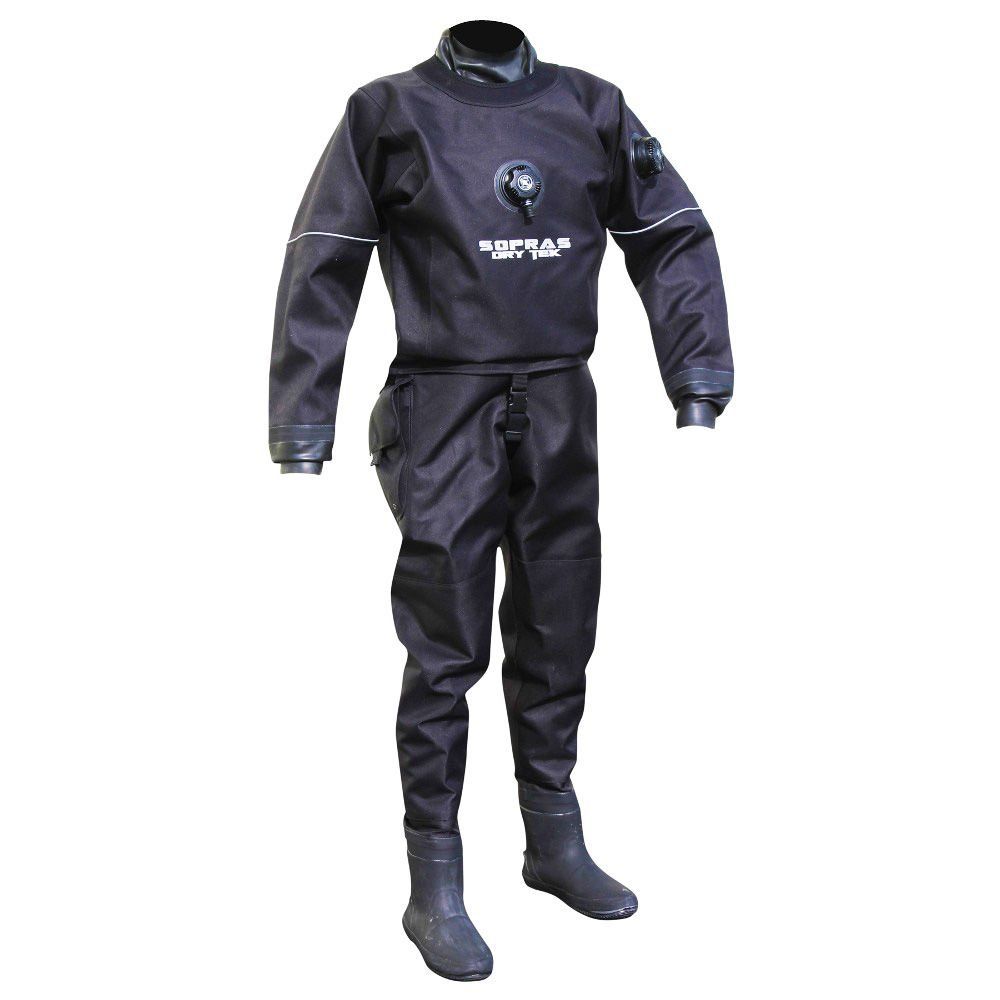
- maximum tightness;
- the possibility of combining with thermal underwear;
- high strength.
- limited traffic.
Wet
The name is explained by the peculiarity of the equipment device - its design implies the ingress of water, which is heated by the heat of the human body, and thereby provides thermal insulation. Water circulation under the suit should be kept to a minimum, so it is important to choose the correct size.This type of equipment is the most inexpensive, comfortable, its thickness is from 1 to 5 mm, which provides a certain mobility, as well as protection at water temperatures from +16 to +24 degrees. Thinner wet suits are usually designed for swimming in warm water over + 30 degrees. At the same time, the equipment protects the skin from possible damage.

- a large selection of various configurations;
- light weight;
- elasticity;
- affordability.
- sometimes it becomes necessary to use a special gel to facilitate donning.
Semi-dry
This is a combined type of wetsuit that combines the characteristics of the above two. It is denser than a wet suit, but at the same time passes a small amount of water under its shell, and thermal insulation depends on the degree of fit of the suit to the body. The thickness of the equipment ranges from 3 to 7 mm for water temperatures from +10 to +20 degrees.
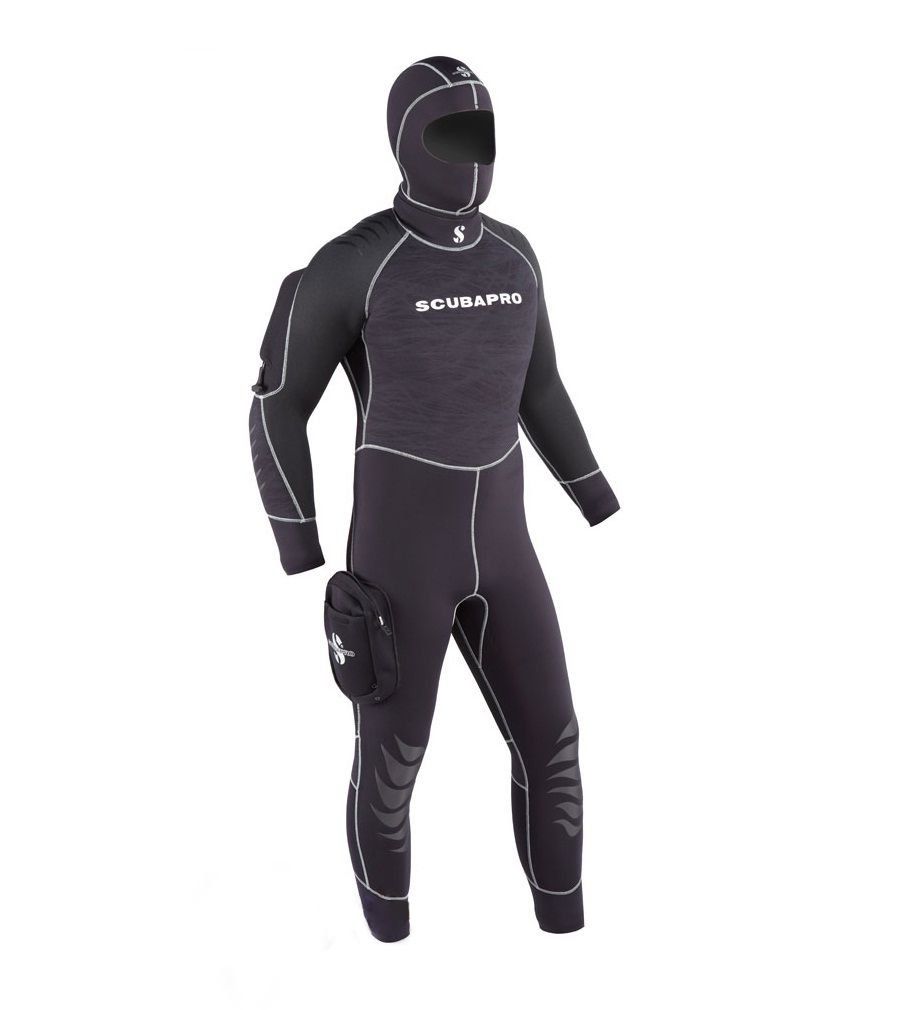
- keeps warm well even in cool water;
- lightness and strength;
- provides maximum freedom of movement;
- protects the skin from damage.
- the equipment is designed for no more than 2 hours in the water.
Characteristics of materials
Wetsuits are made from three main materials: neoprene, trilaminate and rubberized fabric. The texture of these fabrics is as close as possible to the skin of animals of the underwater world, sharks or dolphins. The materials are highly durable, elastic, for ease of putting on they are covered on both sides with nylon or jersey, some models are covered with plush on the inside.

Design features
By their design and device, the following types of wetsuits are distinguished:
- Monosuit. It is a one-piece jumpsuit that fits the legs and arms along the entire length, and additionally the head with the help of a neoprene helmet. The thickness of such suits is from 3 to 5 mm.
- Cropped monosuit. In other words, it is a monosuit without a helmet, with short sleeves no lower than the elbow and pant legs to mid-thigh. Thickness is about 1 - 3.5 mm.
- Separated. It is the most suitable wetsuit for spearfishing, which consists of a jumpsuit with straps (Long John) and a zip-up jacket with long sleeves and a helmet. The thickness of the vestments is from 5 to 9 mm.
- Combined. Such equipment mixes elements and details of the above types of wetsuits. This is usually a combination of a monosuit, helmet and jacket, or a cropped long-sleeved monosuit and a sleeveless monosuit. The combined garment provides maximum heat retention due to its layering.
How to choose the right equipment for spearfishing and diving
The choice directly depends on the type of use of the wetsuit, the conditions of its use (place, water temperature and other parameters), as well as on what price is most acceptable.
When choosing a wetsuit, consider the following characteristics:
- Material;
- Anatomically precise tailoring;
- Suitable thickness;
- Positive buoyancy;
- Elasticity;
- The presence of inserts that provide freedom of movement;
- The presence of protective knee pads;
- UV protection;
- The location of the zipper.
Swimming wetsuits
Equipment of this type is designed for water temperatures from +23 to +30 degrees, made of neoprene and mixed synthetic fabrics such as polyamide, elastane. Such materials should improve buoyancy, reduce the resistance of the aquatic environment, not impede movement, adhere well to the body, but not disrupt blood circulation. The thickness is usually between 0.5 and 5 mm. The design can be any, from a monosuit to a short version, as well as for women and for children.

Aqua Sphere AQUA SKIN SHORTY
- combination of comfort and tight fit of the suit to the body;
- improved swimming;
- variety of models.
- uniform design.
Most popular models
- Aqua Sphere AQUA SKIN SHORTY. A short men's suit with a thickness of 0.5 to 1 mm, the average cost is 13,725 rubles.
- HUUB Aegis 2. Women's highly elastic monosuit worth 17,164 rubles.
- Speedo lzr racer elite 2. Women's starter suit with silicone interlayer. Average price - 18,500 rubles.
Wetsuits for spearfishing
These are the smoothest suits of dry, wet and semi-dry type, solid or separate, featuring a wide variety of color designs that repeat natural shades. It can be black and brown, gray, olive tones, as well as camouflage (simple and three-dimensional).
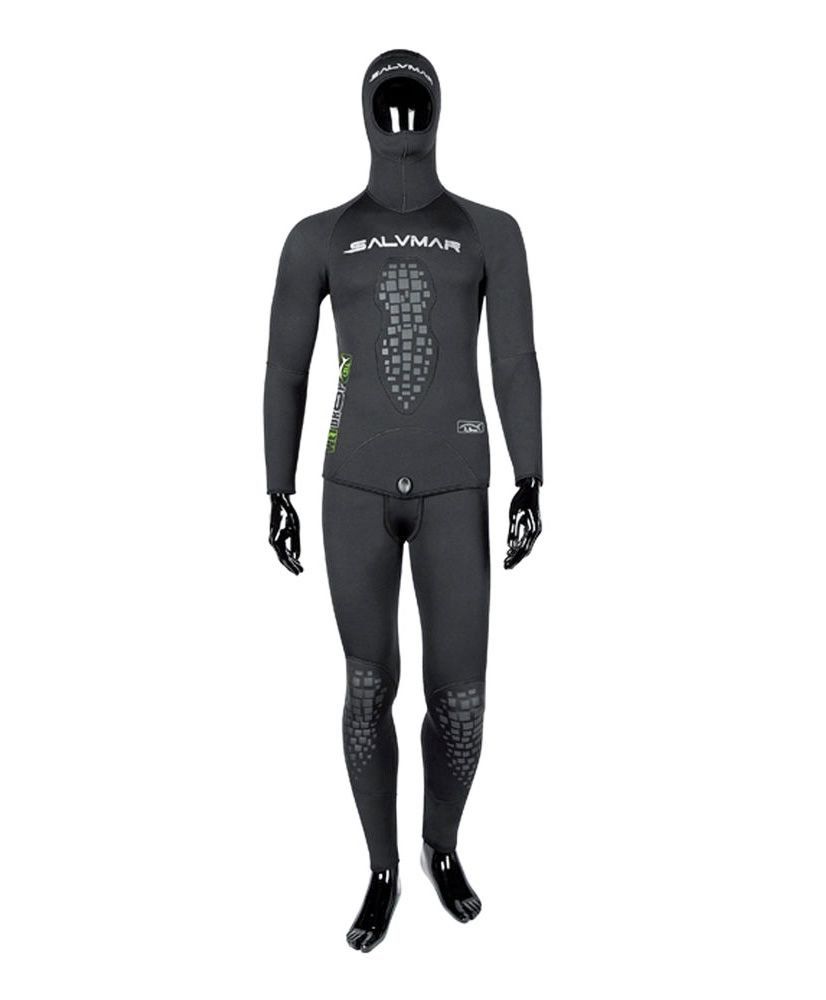
Salvimar Wet Drop Cell
- maximum thermal insulation;
- fast drying.
- thicker suits form folds during storage.
Most popular models
- Mares EXTREM 70. Two-piece suit, 7 mm. Average price - 9,410 rubles.
- Salvimar Wet Drop Cell. Wet split suit lined with nylon on the outside. Thickness 7 mm, price - 9 900 rubles.
- Aquadiskavery CALCAN. Russian-made split suit. Thickness 5 mm, cost - 14,535 rubles.
Cold Water Wetsuits
Suits of this type are designed for water temperatures below 10 degrees. They come in dry and wet types, one-piece and two-piece designs with an integrated helmet. As a rule, they have dense overlays on the back, as well as in the chest and groin areas, and the seams are additionally taped. The set includes boots, socks and gloves.
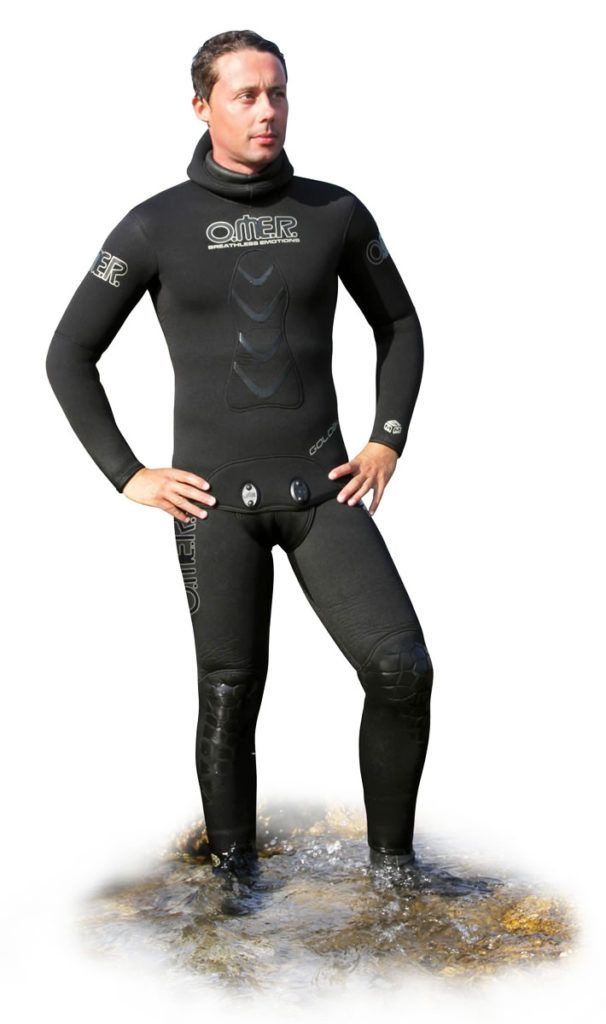
OMER Gold Black
- high thermal insulation, protection against hypothermia and injury;
- the ability to stay in cold water for a long time.
- the need for careful storage.
Most popular models
- OMER Gold Black. Wet suit, 7 mm. Average price - 12,000 rubles.
- SARGAN Neman RD2. Wet equipment, 0.9 mm thick, cost 14,900 rubles.
- Henderson Thermoprene. Wet suit, 7mm, cost 22,000 rubles.
Pool Swimming Wetsuits
This professional seamless sports equipment is called starter equipment. The peculiarity of such suits is that they increase the swimming speed, and combined fabrics, for example, Teflon, are used for their manufacture. There are male, female (usually with an open back, or with a zipper on the back) and children. By design, these are closed overalls, suits with short sleeves and legs (up to the knees), as well as water pants and hydroshorts.
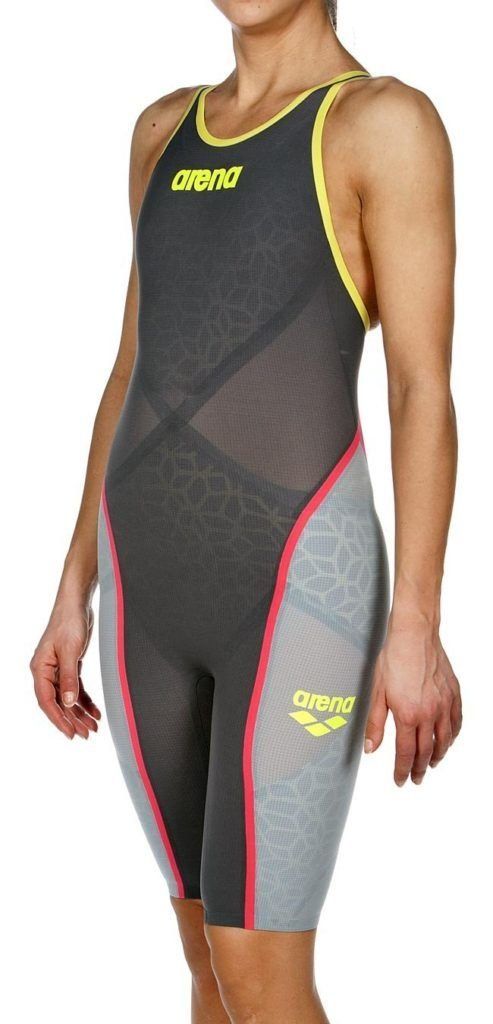
Arena Carbon Ultra
- improving muscle tone;
- anatomical cut;
- improved hydrodynamics;
- maximum comfort.
- small range of colors.
Most popular models
- Arena Powerskin Carbon Pro Jammer. Men's hydroshorts, the average cost of which is 14,590 rubles.
- Arena Carbon Ultra. Women's suit with an open back. Average cost - 20 400 rubles.
- Arena Powerskin Full Body Short Leg. Teflon-coated cropped suit, average price - 28,800 rubles.
Fishing Wetsuits
Most often these are wet-type equipment, which are short or long overalls with an integrated helmet. In addition, this garment is equipped with a special seal in the groin area, on the chest, as well as seals on the wrists and ankles. The knees and elbows have padding and soft neoprene panels on the sides.
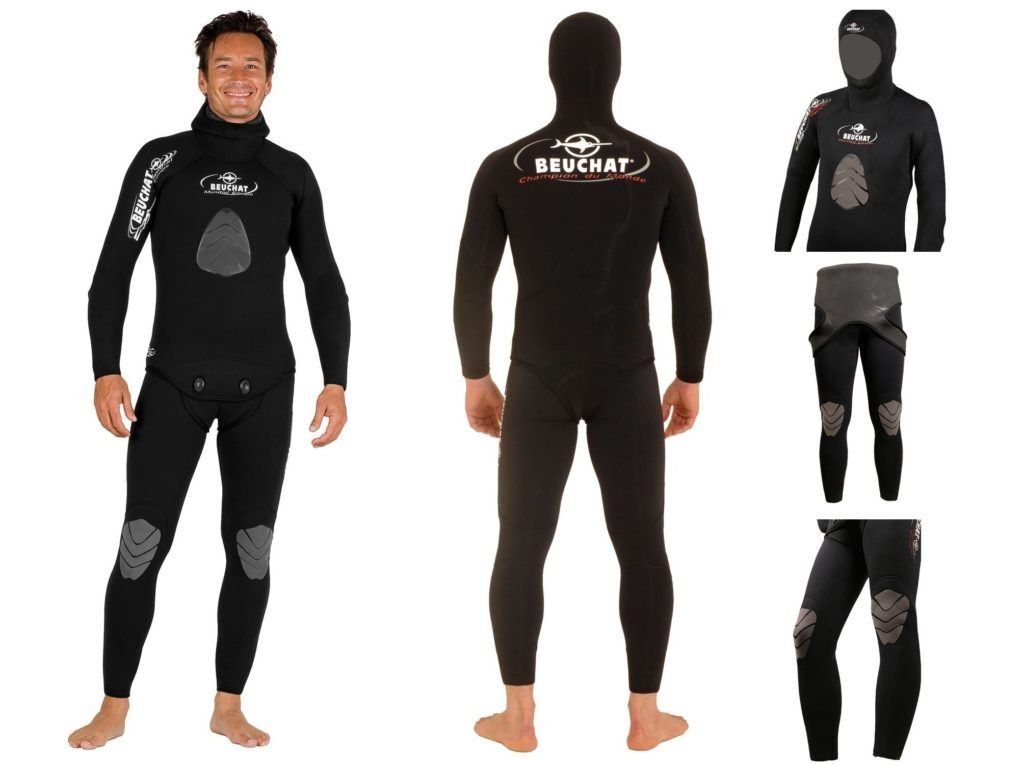
Mundial Elaskin Beuchat
- high thermal insulation;
- fast drying.
- the need for careful storage.
Most popular models
- Mundial Elaskin Beuchat. Inexpensive elastic men's monosuit, 7 mm, costing 2 776 rubles.
- Technisub Walea. Separate suit made of neoprene 5 mm thick, worth 7,000 rubles.
- Marlin Prestige Beuchat. Comfortable soft combined wetsuit, 5 mm. The average cost is 10,000 rubles.
Women's wetsuits
Usually these are wet-type suits that have a special anatomical cut. They are equipped with additional seals on the chest and shoulders, as well as padded inserts on the sides, in the armpits.They are split and solid, made of highly elastic neoprene, and have convenient zippers for easy donning and doffing.
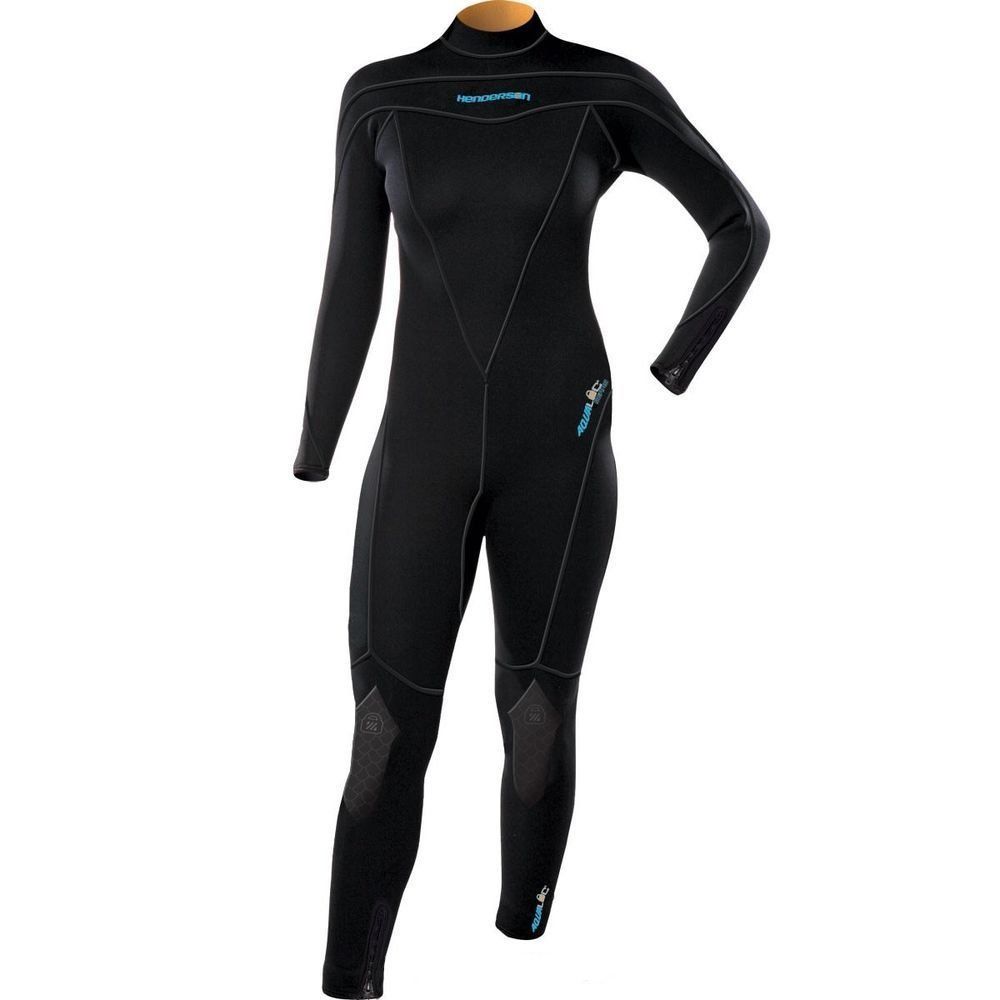
HENDERSON Aqualock
- designed taking into account the characteristics of the female body;
- comfortable putting on;
- variety of colors;
- lightweight material.
- models for cold water and fishing are practically not found.
Most popular models
- Mares Manta. Inexpensive shortened equipment, 2.2 mm, average price - 6 294 rubles.
- Mystic 2015 Diva 5/4 D / L Fullsuit Front zip Women Teel. Very lightweight monosuit 5 mm thick, worth 26,000 rubles
- HENDERSON Aqualock, Dry Monosuit, 5mm. Average price - 34 320 rubles.
Winter wetsuits
Designed for water temperatures from +16 to 0 degrees. This garment of all types is made of thickened neoprene, a two-piece design, equipped with elbow and knee pads, as well as a reinforced seam.
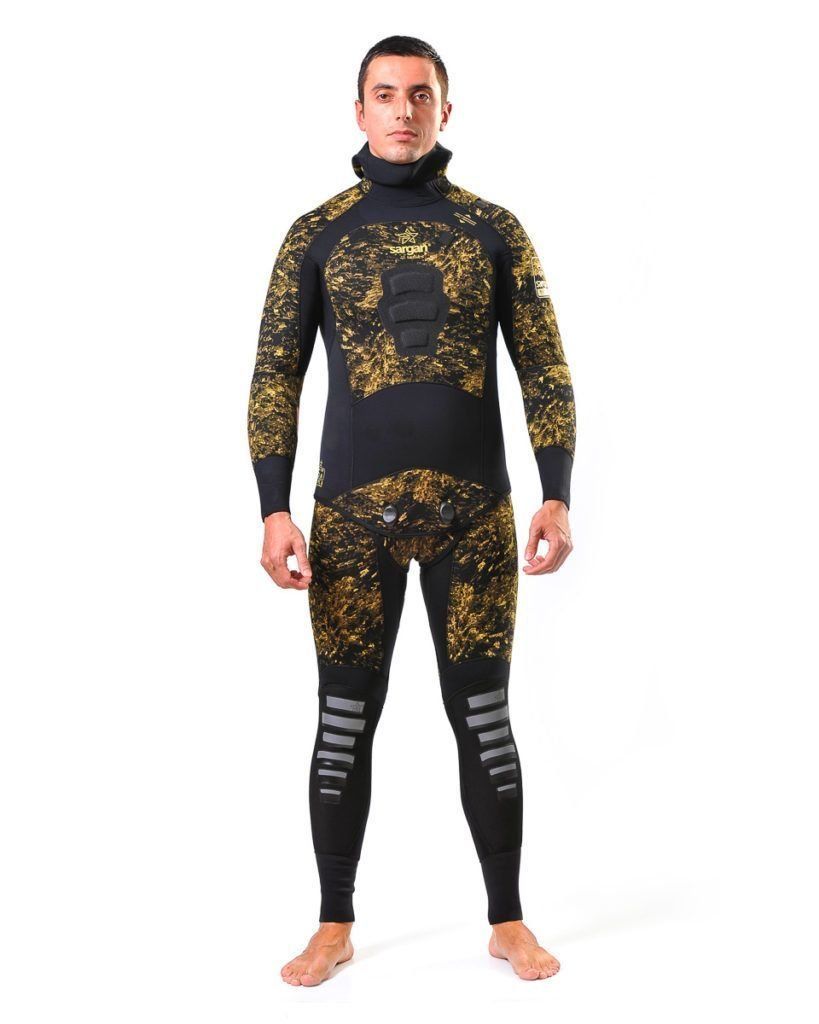
Sargan Neman RD2
- protects from cold for a long time;
- easy donning;
- a large selection of colors.
- training is required to wear such a suit.
Most popular models
- Beuchat Mundial Equipe. Two-piece wet suit, 9 mm thick. Average price 14 640 rubles.
- Sargan Neman RD2. Combined equipment, 0.9 mm, cost 14,998 rubles.
Summer wetsuits
Light equipment designed for water temperatures above +25 degrees. The design options for these suits are very varied, including monosuits. Their thickness is often combined to ensure comfort.
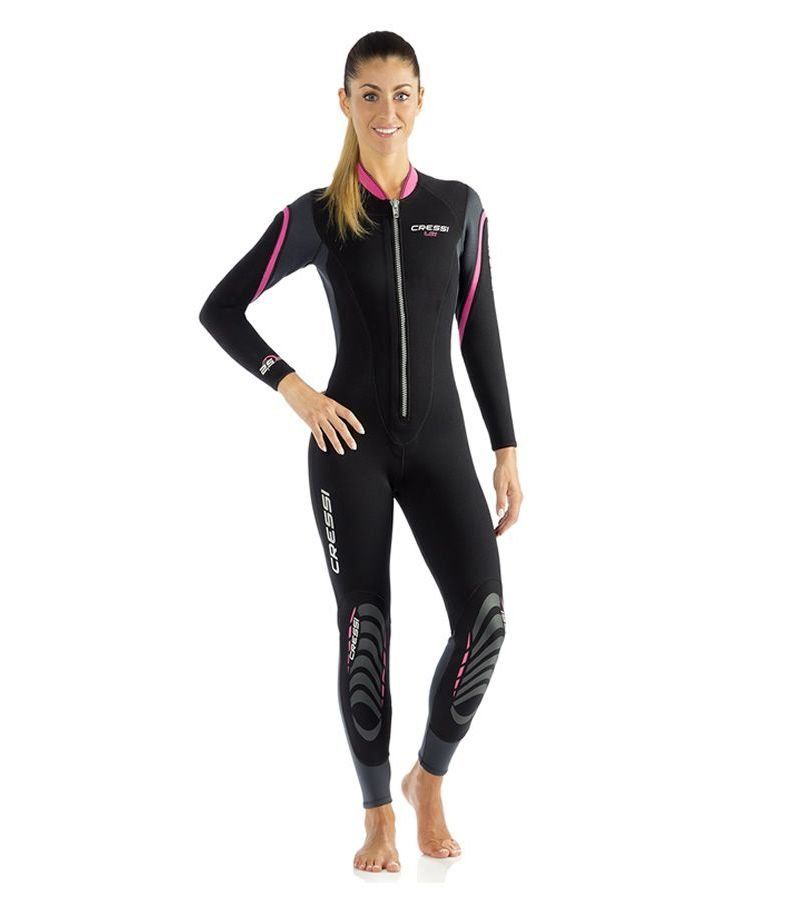
Cressi LEI
- freedom of movement;
- a wide selection of bright colors;
- affordability.
- used exclusively in summer.
Most popular models
- Mystic Crossfire 32 Shorty. Lightweight cropped suit, average cost - 12,760 rubles.
- Mormaii Orbixx. Monosuit, 3.2 mm, average price - 12,500 rubles.
- Cressi LEI. Women's monosuit, 2.5 mm, worth 4,410 rubles.
Wetsuits
The most popular type of equipment, which is one-piece and two-piece, is equipped with a helmet and tight knee pads, seals in the elbow and knee folds.
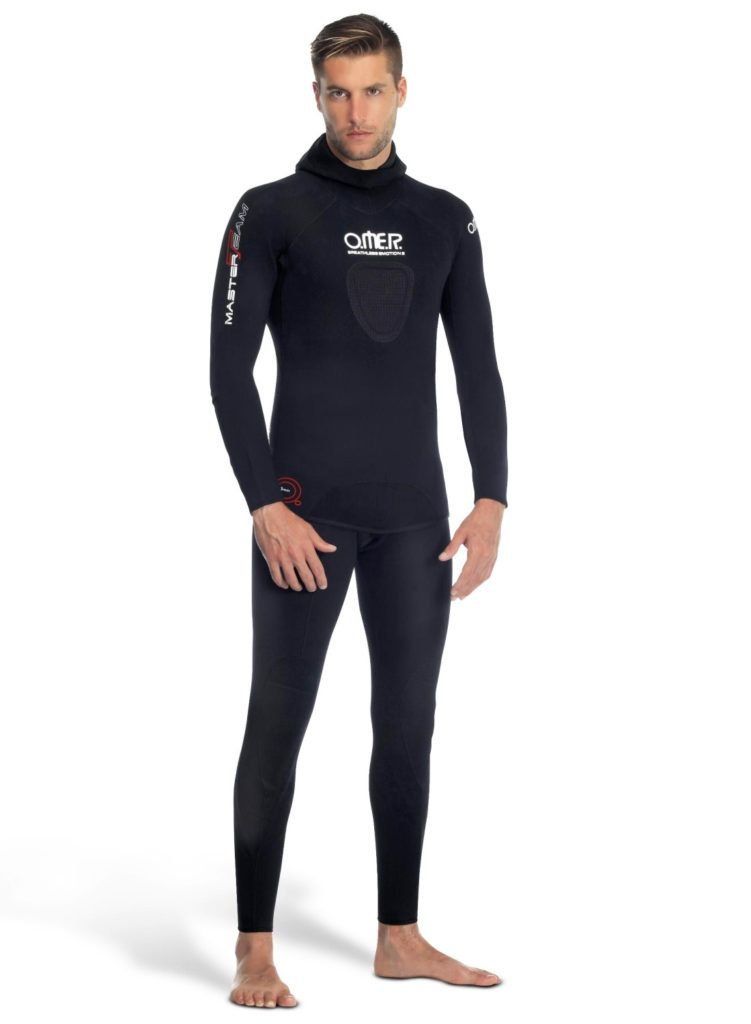
OMER Master Team
- reliable thermal insulation;
- a wide variety of models.
- after immersion in sea water, it is necessary to rinse the equipment in fresh water;
- requires careful care and storage.
Most popular models
- Tecnica Cressi Sub. A budget two-piece suit, 5 and 7 mm thick, costing 1,200 rubles.
- OMER Master Team. Separate soft suit, 3 mm, average price - 14 879 rubles.
Which wetsuit to choose
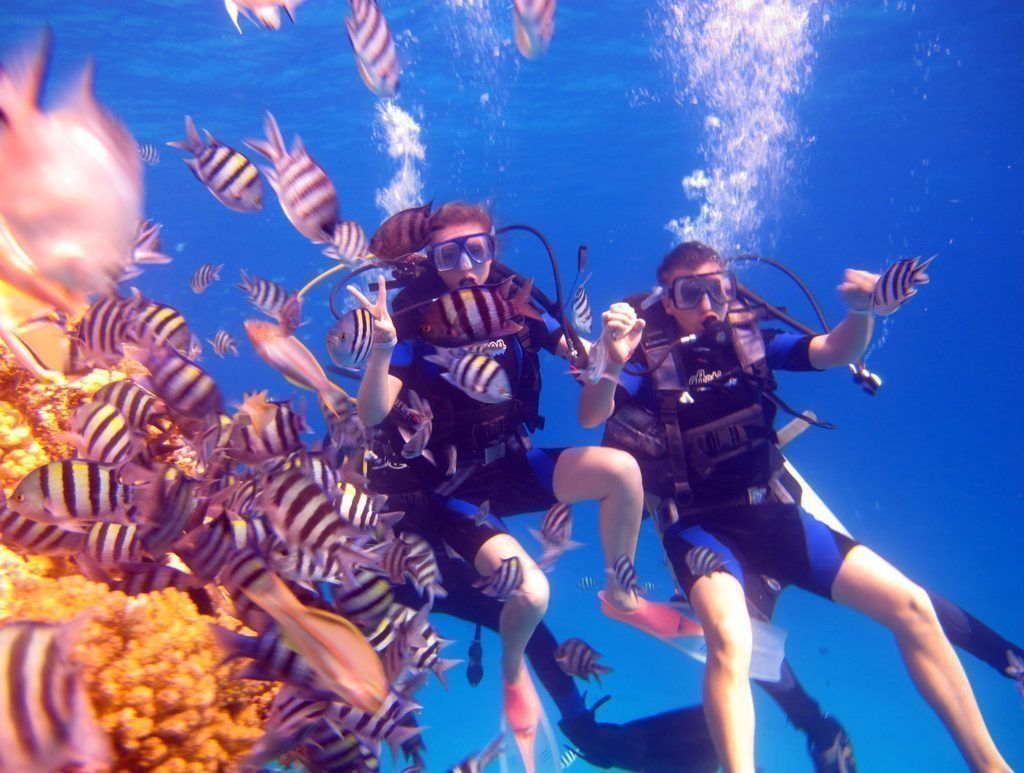
For diving, it is best to opt for wet or semi-dry type of equipment, the thickness of which is from 3 to 5 mm. The model should be long-sleeved and long-sleeved, and the outer material should be smooth and textured to reduce water resistance. In order for the movements of the hands under water to be as free as possible, it is necessary to have special thin inserts under the armpits and in the shoulder area.
For spearfishing, you need a semi-dry monosuit (or two-piece), as well as a helmet and boots. It should be noted that the presence of zipper fasteners in this case is undesirable, unless they are gas-tight. The shell thickness should be at least 5-7 mm.
For swimming, surfing, a wet wetsuit with a small thickness (about 3 mm) is sufficient, and those who are engaged in professional underwater work need a dry type of clothing with a thickness of 7 to 9 mm.
new entries
Categories
Useful
Popular articles
-
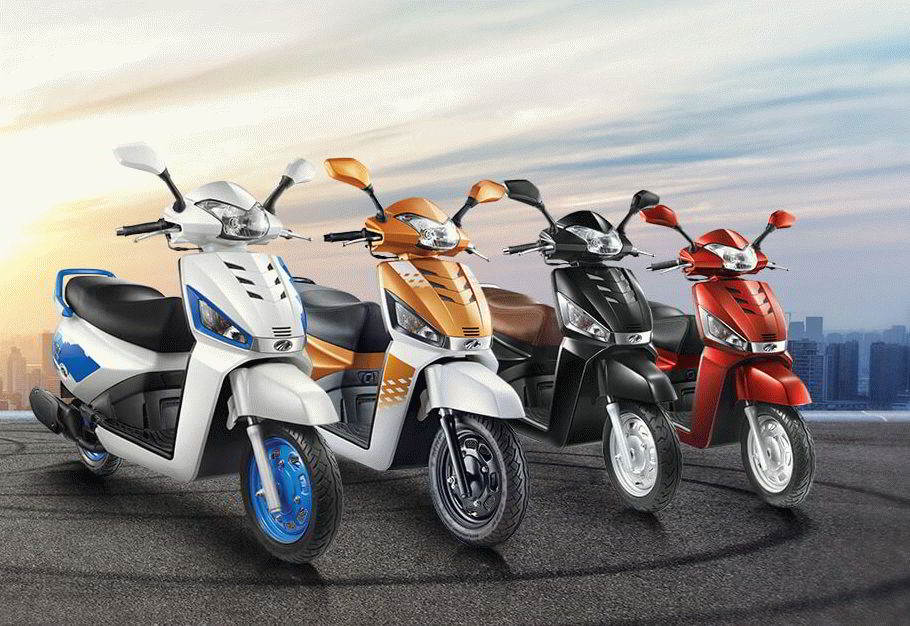
Top rating of the best and inexpensive scooters up to 50 cubic meters in 2024
Views: 97661 -

Rating of the best materials for noise insulation for an apartment in 2024
Views: 95022 -

Rating of cheap analogues of expensive medicines for flu and colds for 2024
Views: 91751 -

The best men's running shoes in 2024
Views: 87681 -

Top ranking of the best smartwatches 2024 - price-quality
Views: 85091 -

Best Complex Vitamins in 2024
Views: 84801 -

The best dye for gray hair - 2024 top ranking
Views: 82406 -
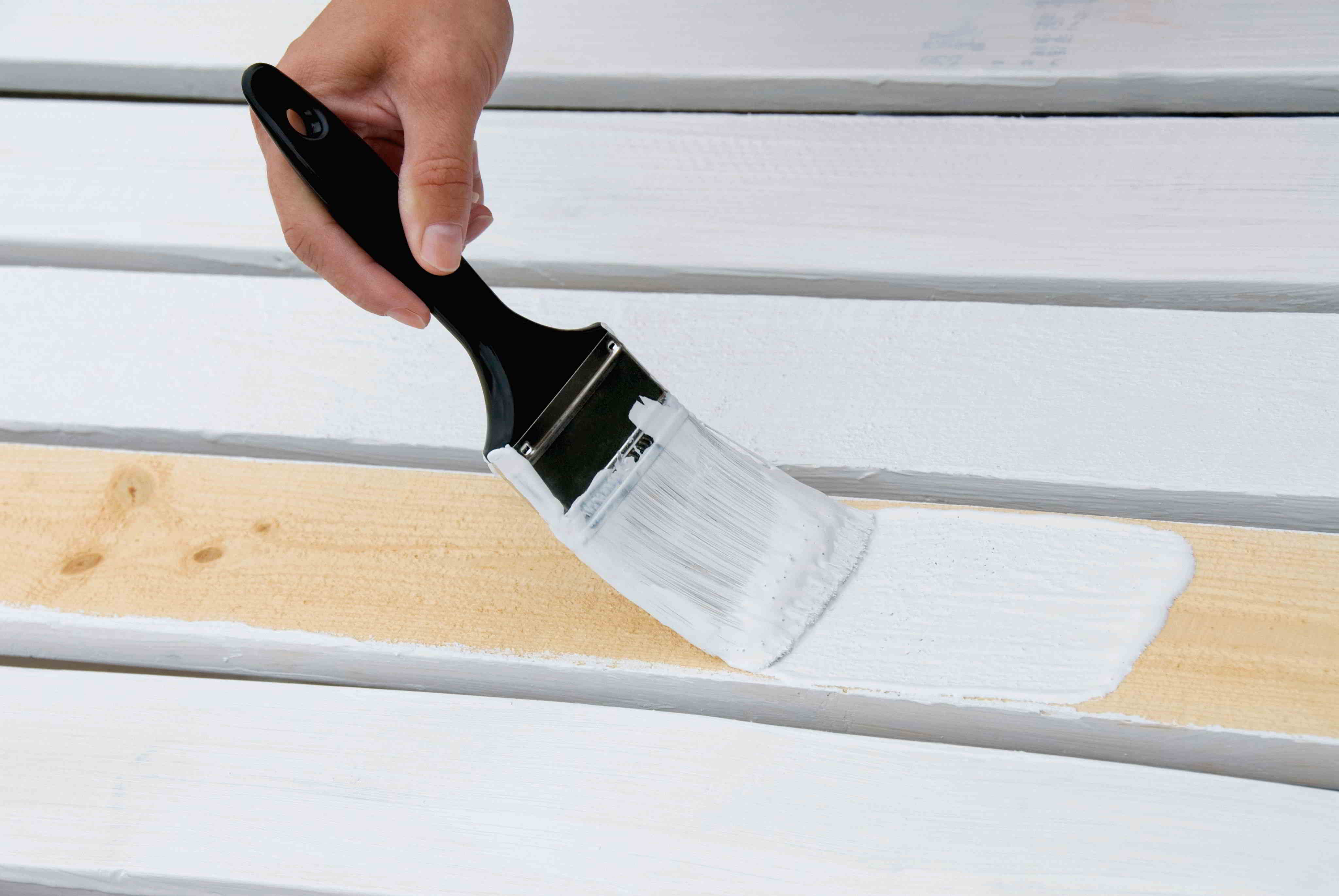
Rating of the best wood paints for interior use in 2024
Views: 77202 -

Ranking of the best action cameras from China in 2024
Views: 75269 -
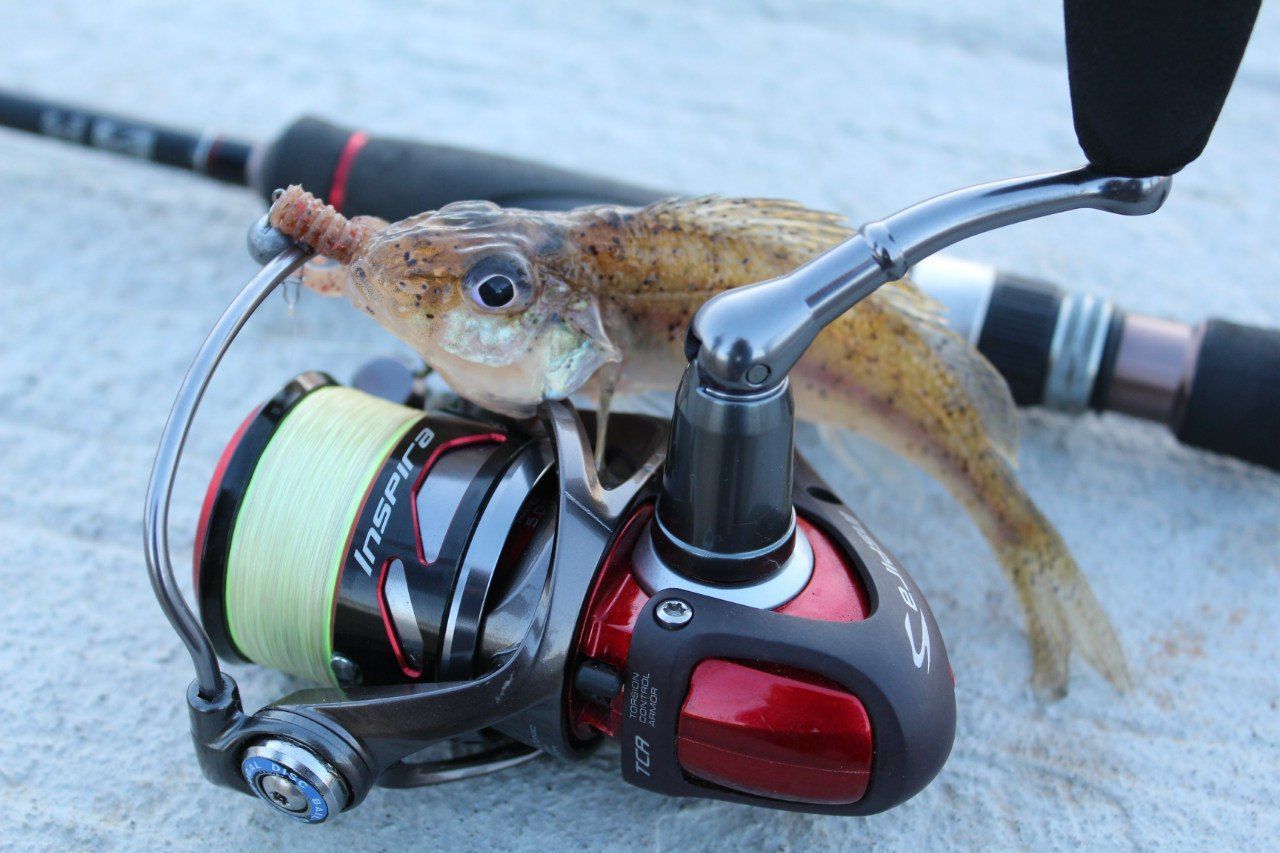
Rating of the best spinning reels in 2024
Views: 74827 -

The most effective calcium supplements for adults and children in 2024
Views: 72463 -

Top rating of the best means for male potency in 2024 with a description
Views: 68296


